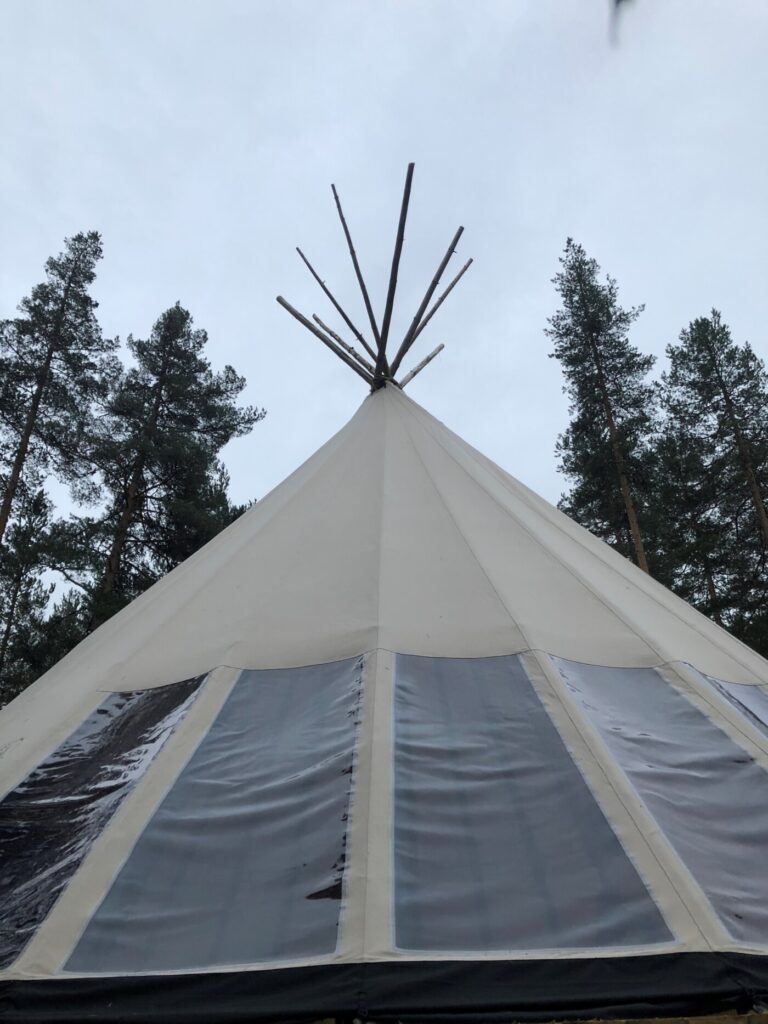Having spent seven seasons growing in a greenhouse, and with the smell of spring in the air, a strong sense of longing has been hard to shake. Initially I had thought I might manage this year without a greenhouse after selling the farm last autumn, but as the days get longer and warmer, the nostalgia for seeing early perennials coming up, sowing and weeding with hands in the soil has got me moving.
As luck would have it, during the design and application process for two new greenhouses; one for this farm and one for Romerike International School, I found a company in Kautokeino called Arctic Lavvo who make large membranes in the shape of tipi´s or lavvo´s as they are called in the Nordic region. I decided I would buy a smaller membrane first so I can both test the quality of their products, while also getting 40m2 greenhouse space for this season.
As I have written about earlier in Permaculture Structures for the North I am inspired by the traditional structures of the indigenous arctic cultures. They share the features of using wooden poles, flexible membranes, and entrances facing East to greet the rising sun. The bespoke membrane that I ordered is based on the traditional design but with an additional door to the West, and with the South side transparent from about a meter up, as well as a few extra vents.
I spent the last week chopping trees in the forest for the poles and will now be stripping and drying them so they are ready for the raising of the new greenhouse toward the end of the month.
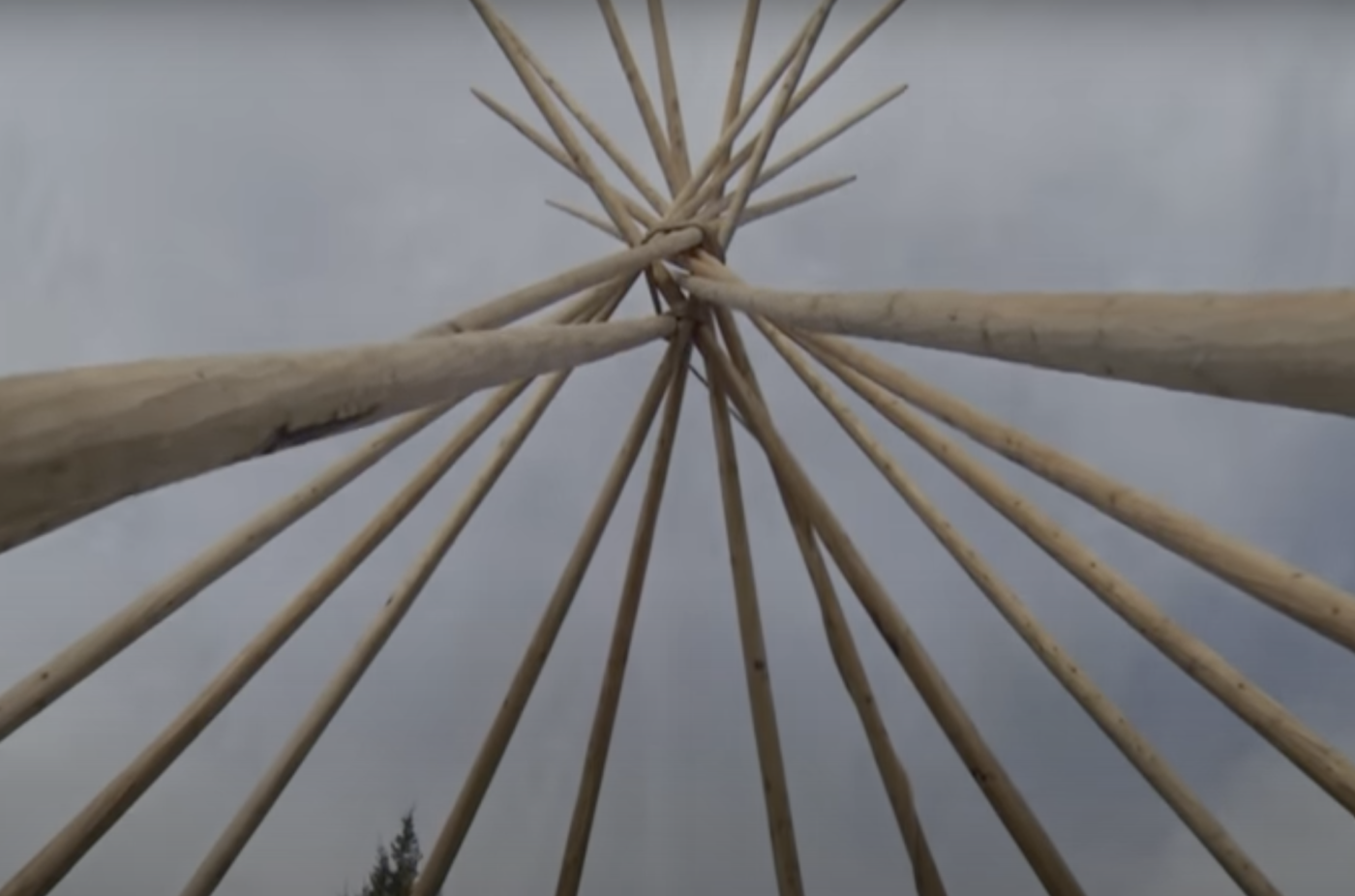
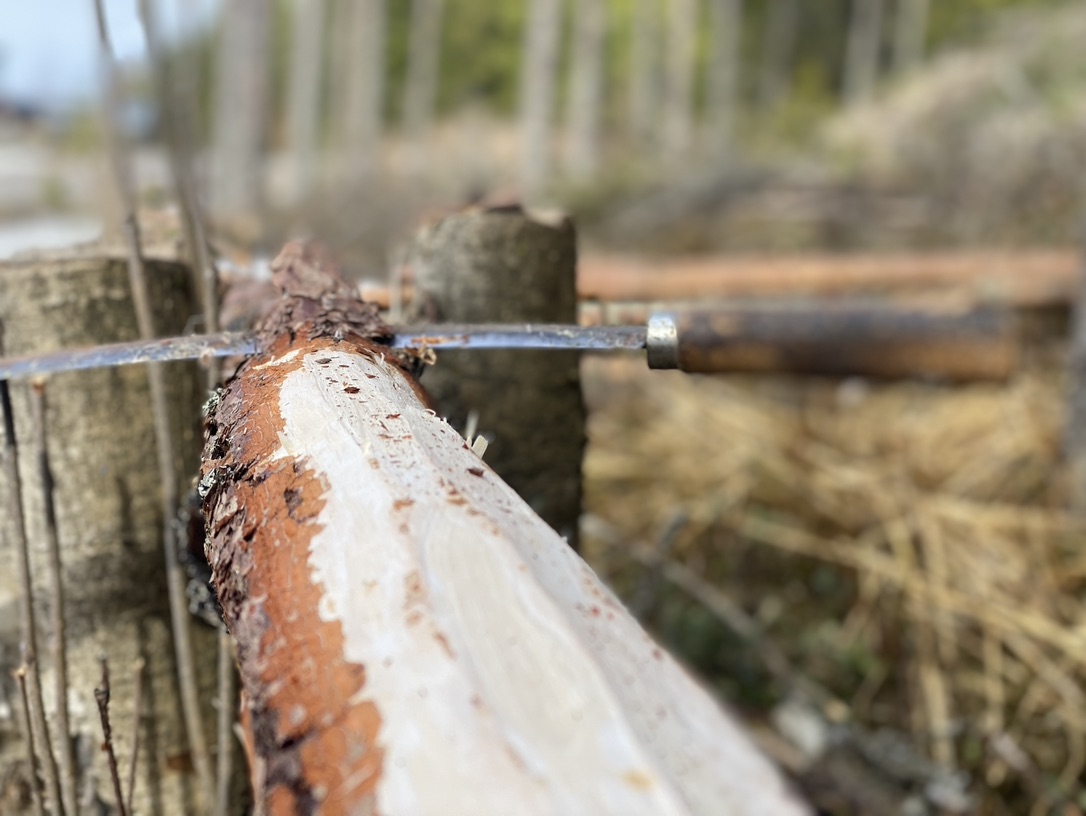
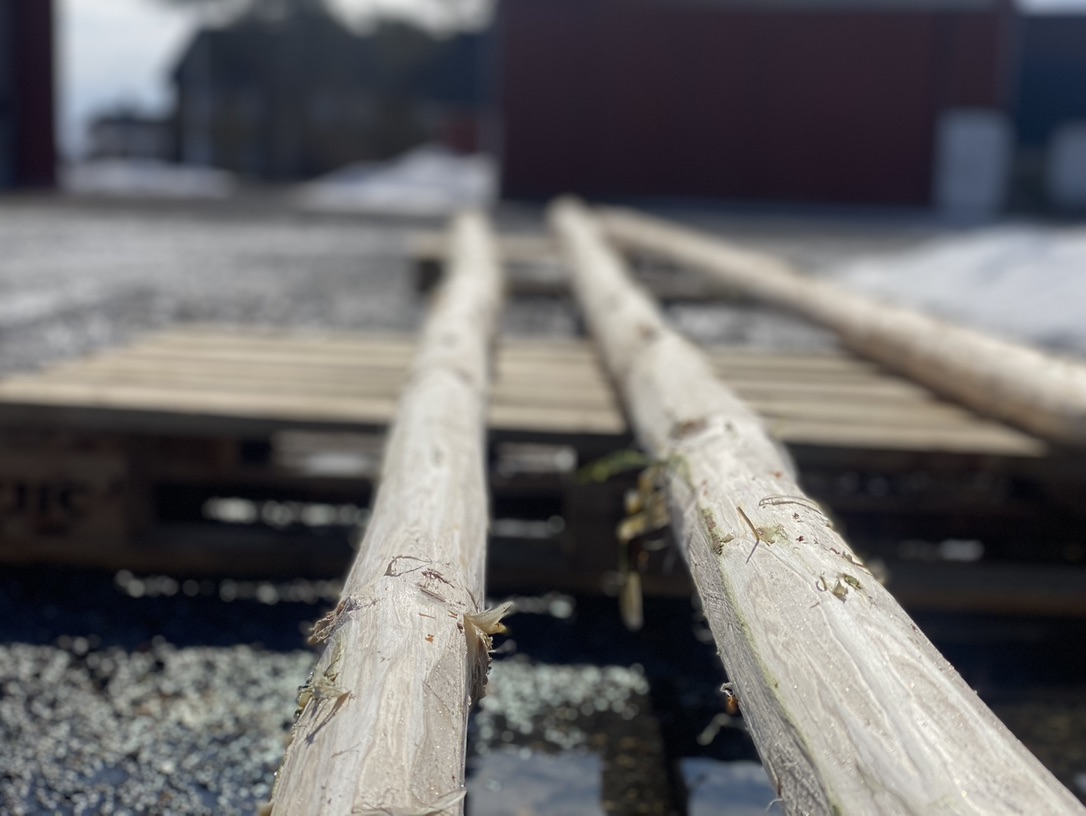
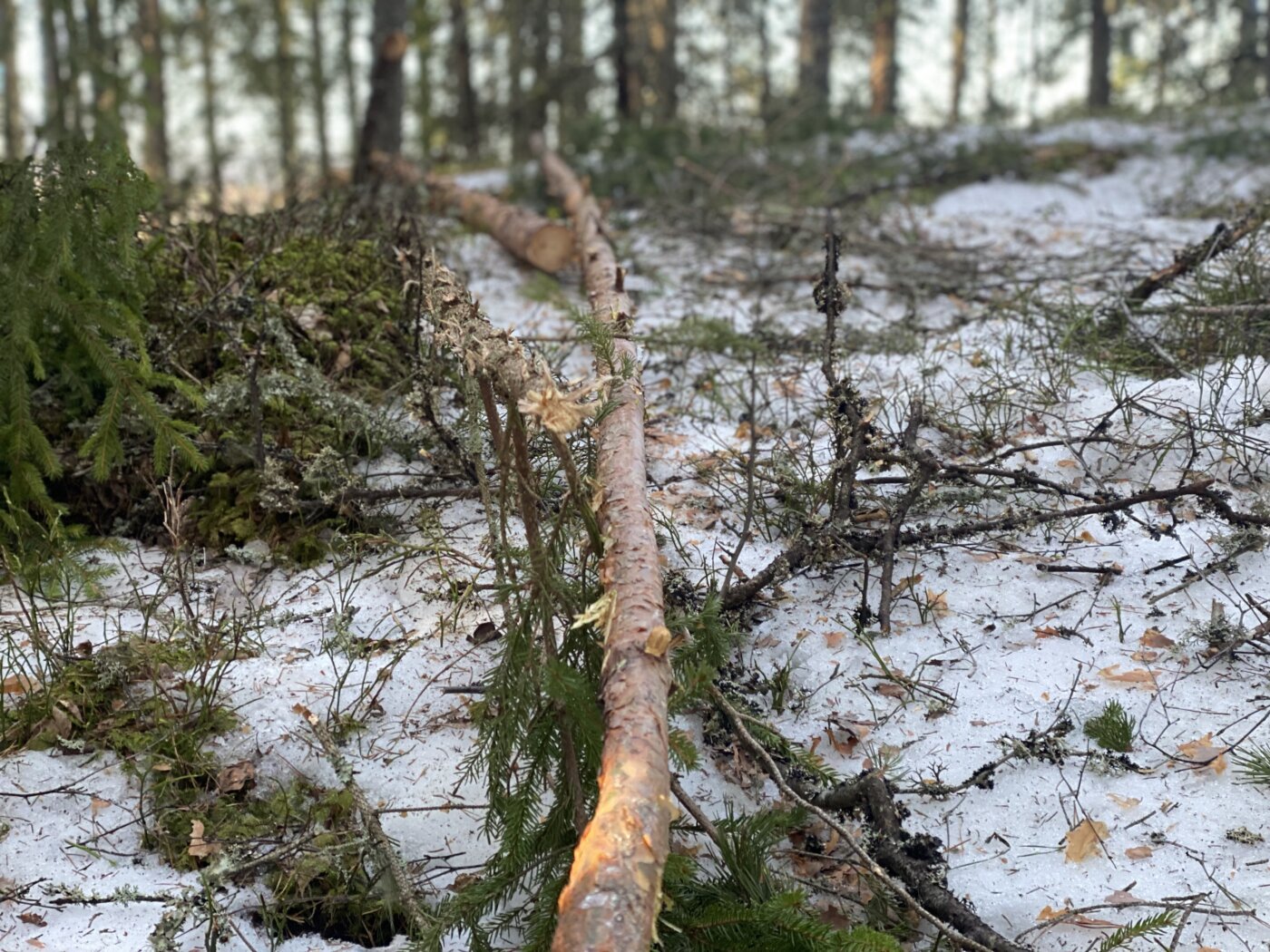
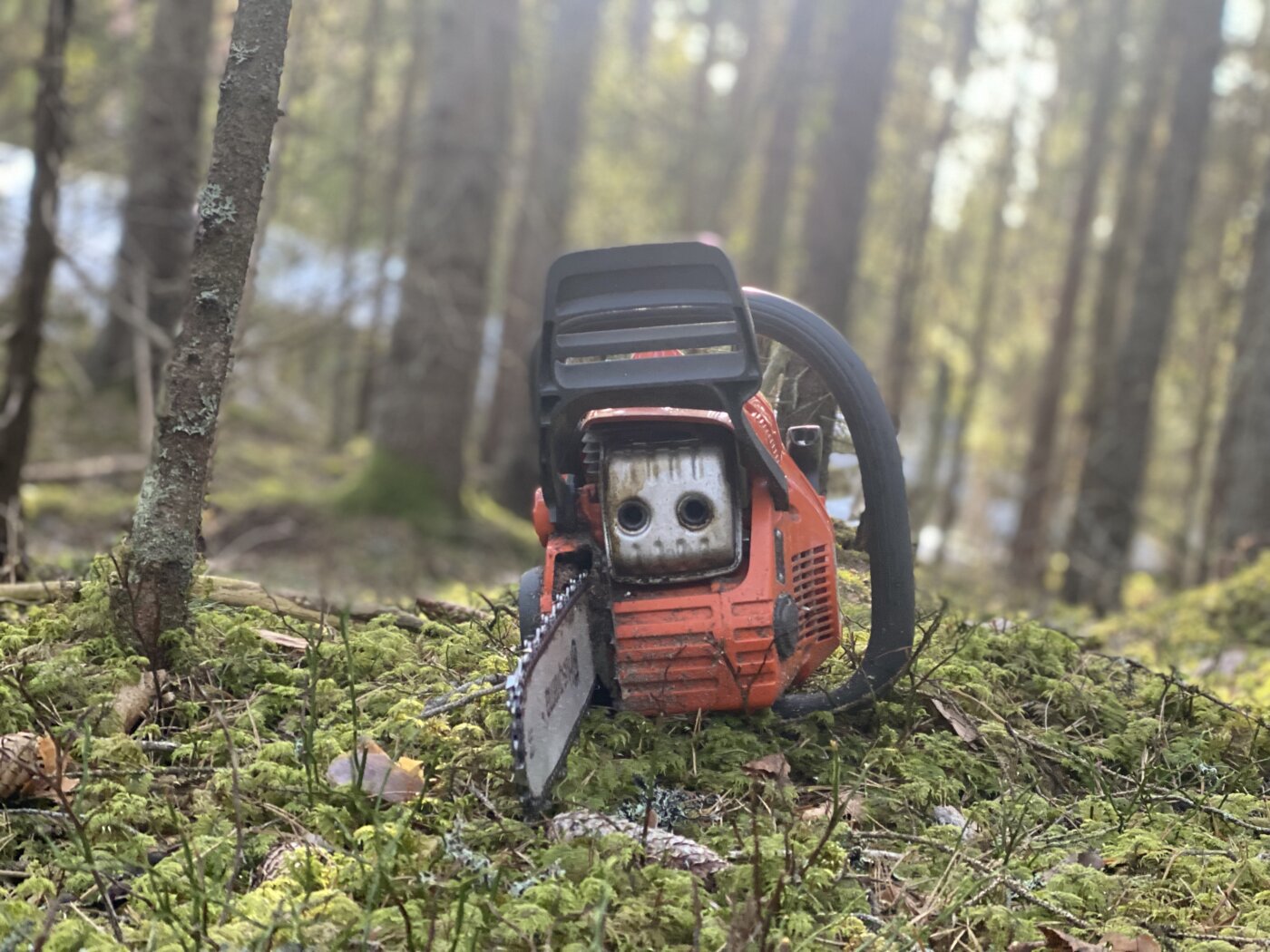
Traditionally there was always a ceremony surrounding the raising of a tipi. Thus I am arranging a small gathering of students from Romerike International School, some friends and Woofers to the event. The students will help document it all and we will bring small plants into the greenhouse for their first introduction to the new space.
Delores La Chapelle, who was a friend of Arne Næss and a fellow Deep Ecologist, has written several books on Deep Ecology and on the rituals of indigenous peoples center on the changes in seasons and connecting especially children to the natural rhythms of life. Reading her books I found several ceremonies which we will try to blend to make a coming together of life to celebrate the beginning of the season on this beautiful land.
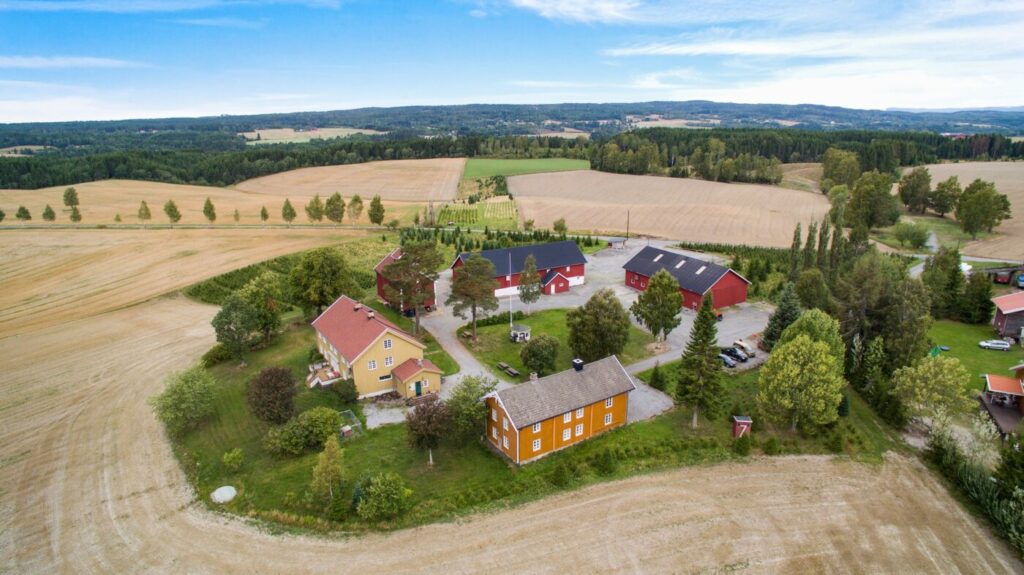
We have designed a new kind of talking stick which will be used for the documentation of the event. It has a wireless microphone built into it which will enable us to record while still hiding the technology and allowing for flow of energy and communication without the interruption of technology.

Several interesting people will be partaking in a conversation including the Deep Ecologist Martin Lee Muller. He arranges the annual Deep Ecology festival in Oslo called Motstrøms and has written Being Salmon Being Human. Martin has been involved as a postdoc in the University of Oslo research network Skole i Verden.
Katharine Burke is also coming. She is an educator, facilitator and leads workshops in sustainable development through ecoliteracy for Montessori schools. She has led deep time walks for individuals and for the Steiner University College, and has lead longer retreats at The Small Earth Institute. In addition she is a facilitator of Joanna Macey’s Work That Reconnects and a Regenerative Design Practitioner trained by the Regenesis Group.
If you would like to partake please do contact me. The aim is to bring 30-50 students from the school, some friends and a few Woofers to the farm Friday 28th April. There will be local food, music and celebration. The season is about to start and it will be a good feeling to be connected to a microclimate once again.

